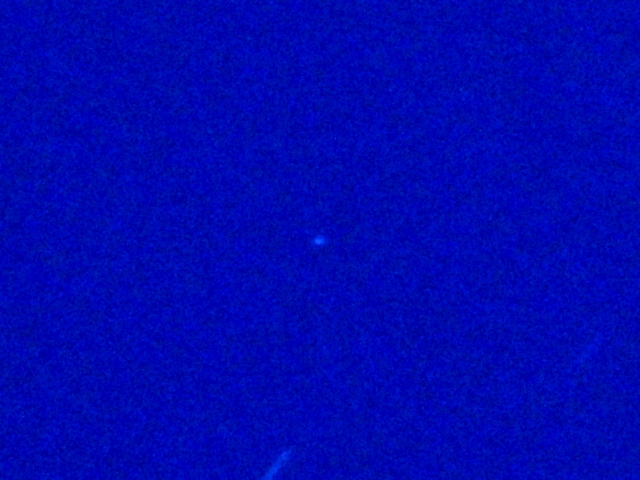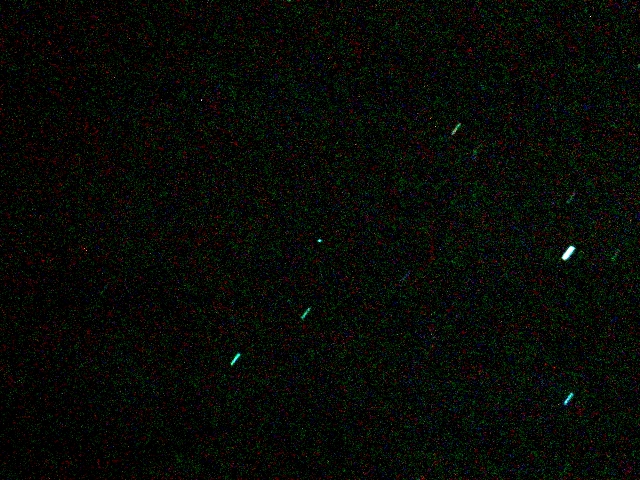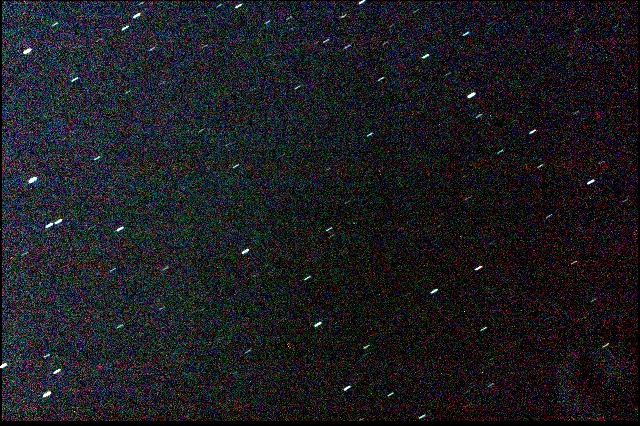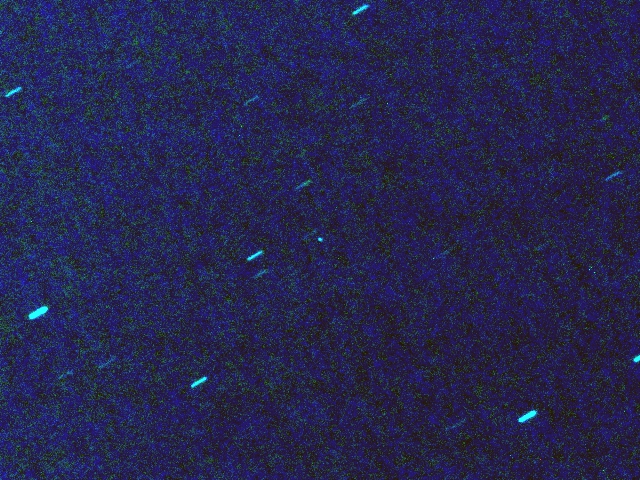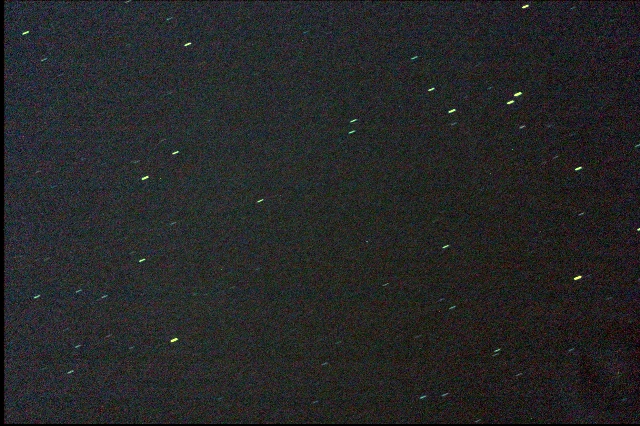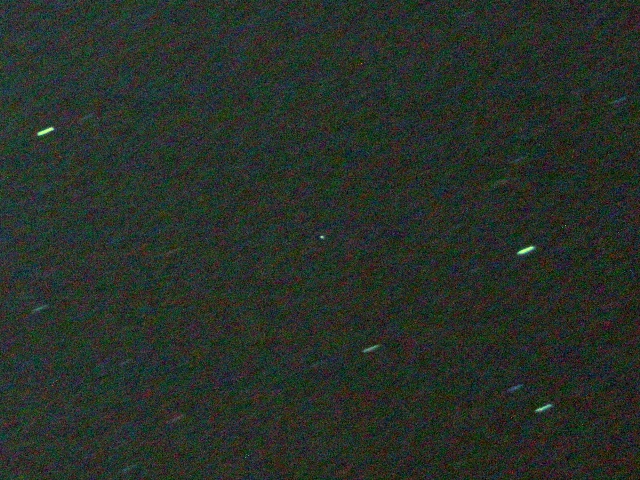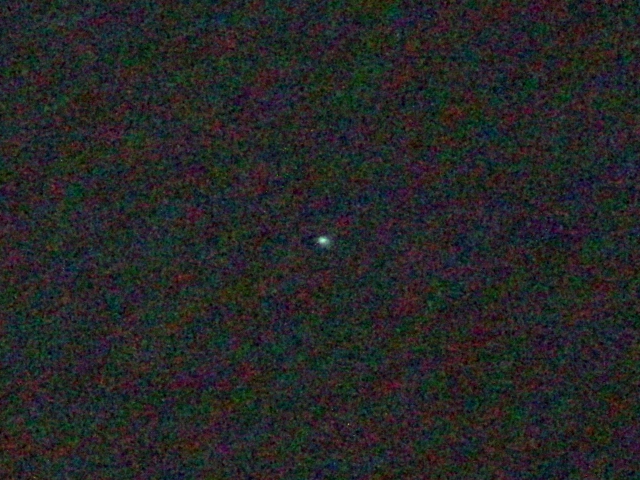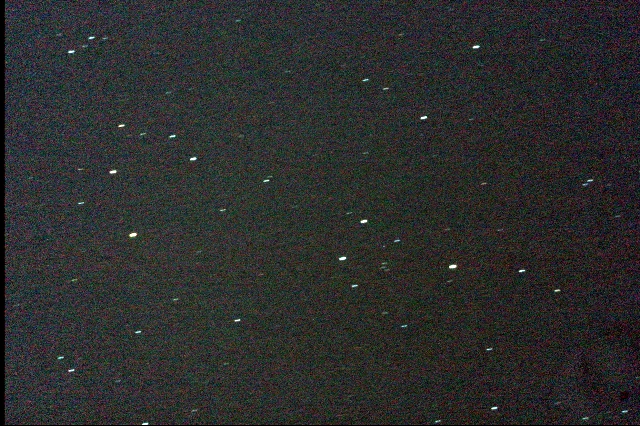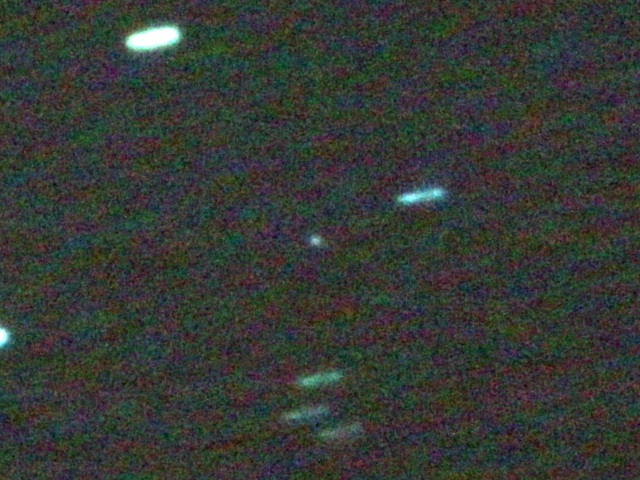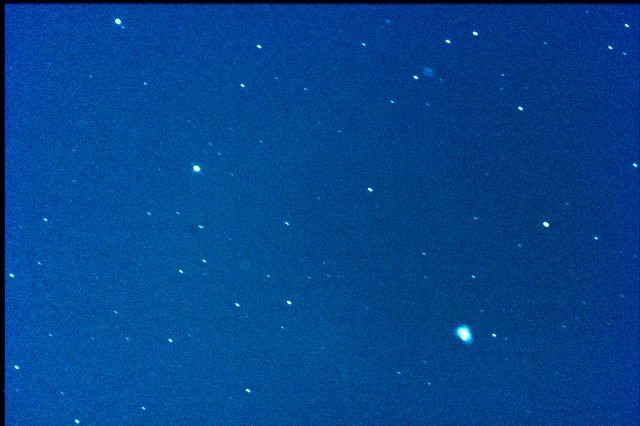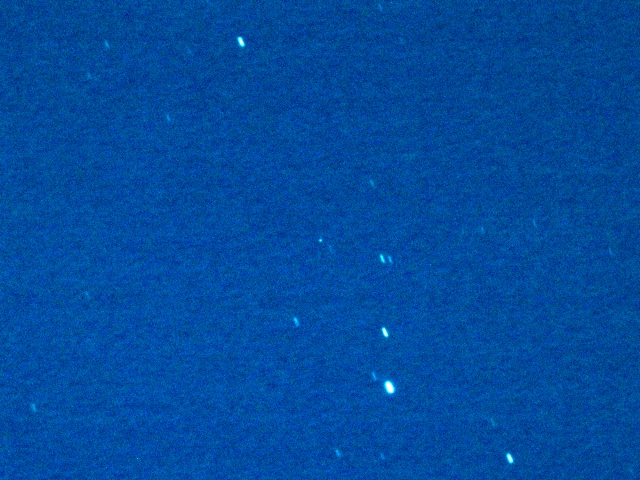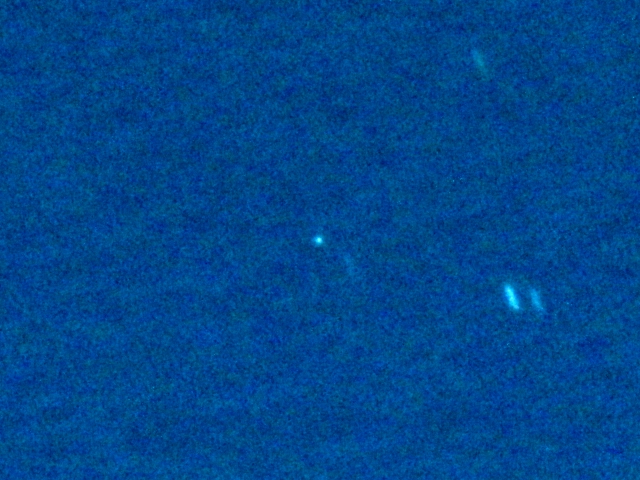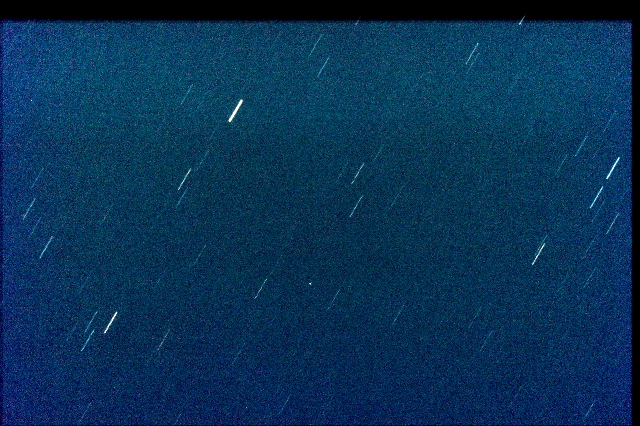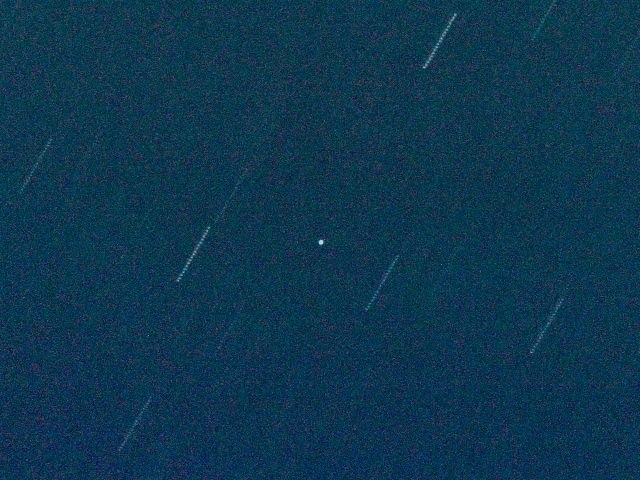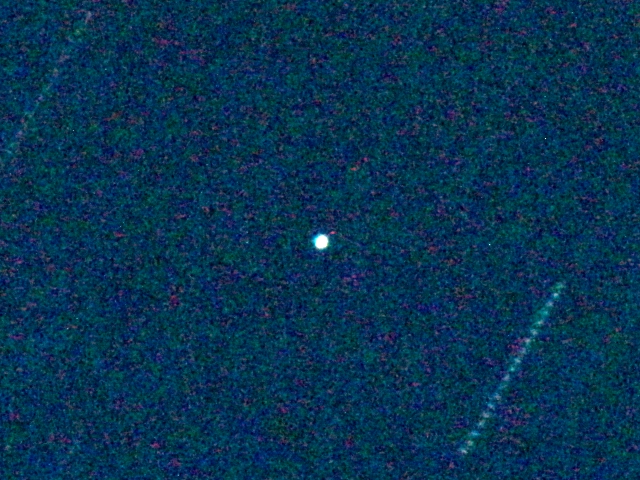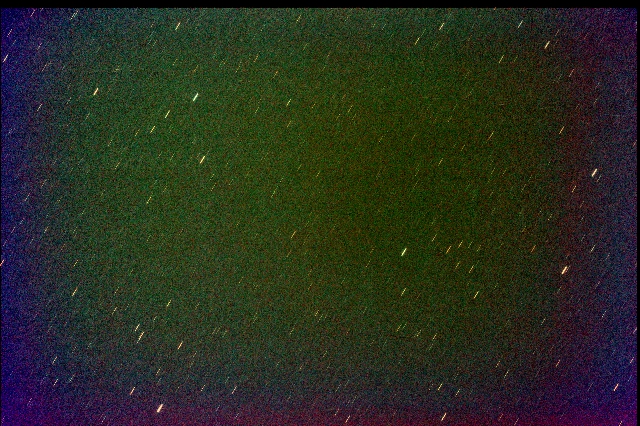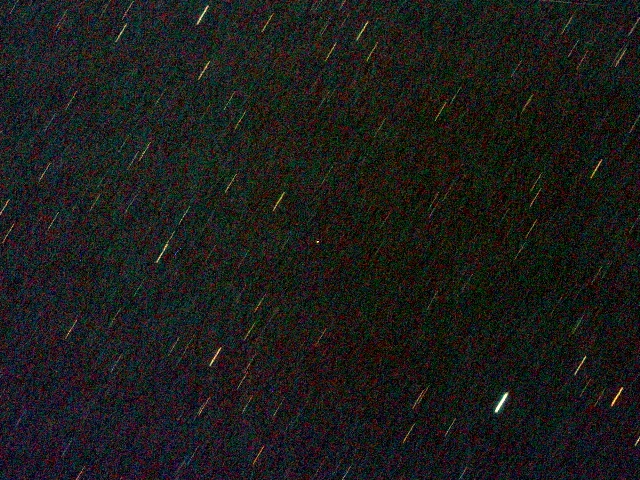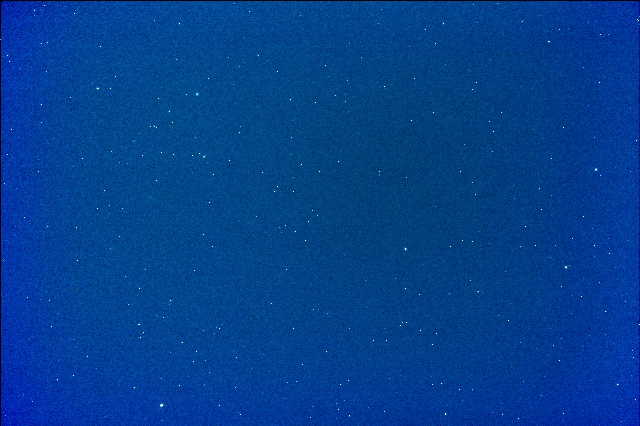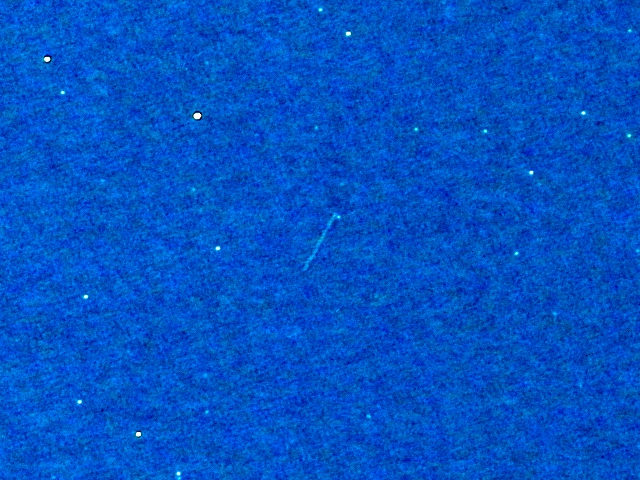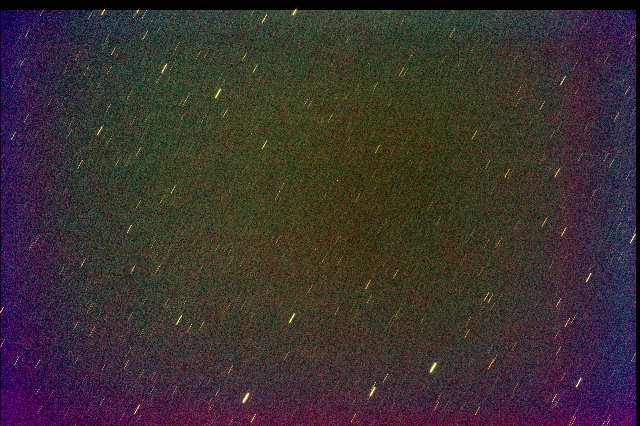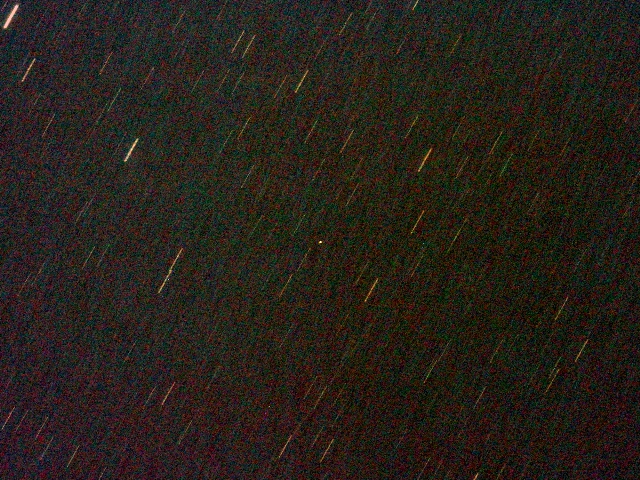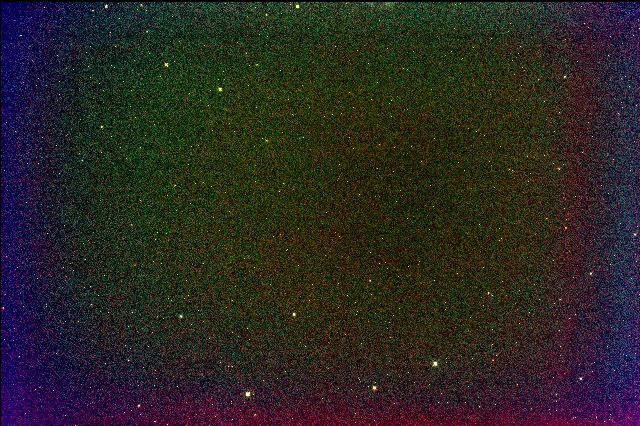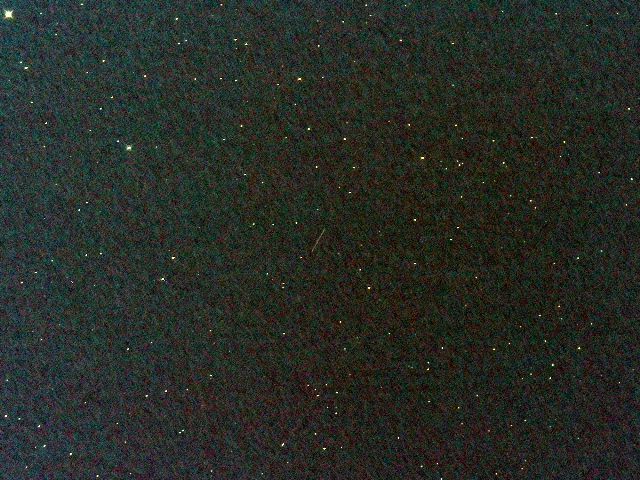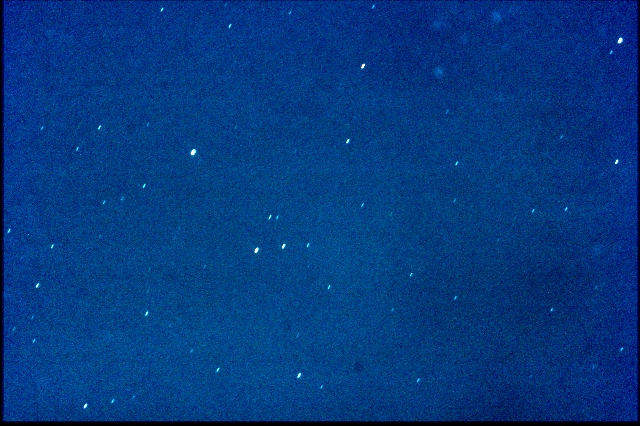

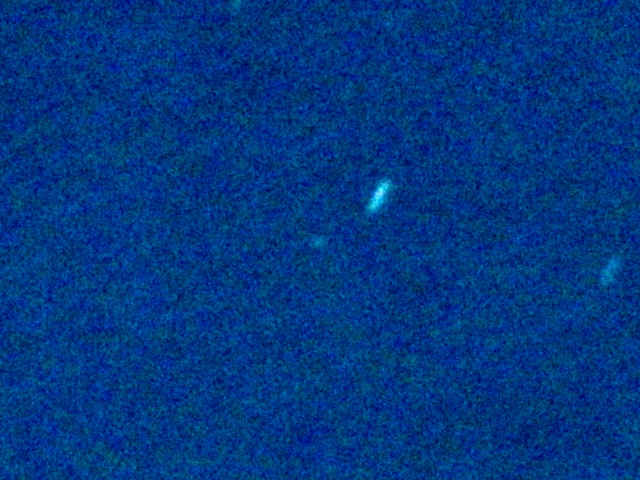
52768( 1998 OR2 )
2020-01-15T21:24:25/21:46:34(+30sec)までの30秒間露光20枚を合成
露光時間:30秒*20=10分00秒 ISO3200 長秒時ノイズリダクションをオン
t-T=+25sec
Mewlon210FR/2060mm + LPS-P2 + 60D / EM200Temma2
StellaImage6.5で合成、レベル補正とリサイズ
2000*1500を切り取り、640*480にリサイズ
|
From Wikipedia, the free encyclopedia
Jump to navigation
Jump to search
(52768) 1998 OR2Discovery?[1][2] Discovered by NEAT Discovery site Haleakala Obs. Discovery date 24 July 1998 Designations: MPC designation (52768) 1998 OR2 Alternative designations: 1998 OR2 Minor planet category: Apollo ・ NEO ・ PHA?[1][2] Orbital characteristics?[1] Epoch 4 September 2017 (JD 2458000.5) Uncertainty parameter 0 Observation arc 30.32 yr (11,076 days) Earliest precovery date 30 June 1987 (Siding Spring Observatory) Aphelion 3.7428 AU Perihelion 1.0167 AU Semi-major axis: 2.3798 AU Eccentricity 0.5728 Orbital period: 3.67 yr (1,341 days) Mean anomaly: 103.81° Mean motion: 0° 16m 6.6s / day Inclination 5.8796° Longitude of ascending node: 27.064° Argument of perihelion: 174.45° Earth MOID 0.0157 AU ・ 6.1 LD Physical characteristics Mean diameter: 2.15 km (calculated)[3] Rotation period: 3.198±0.006 h[4] 4.112±0.002h[5] Geometric albedo: 0.20 (assumed)[3] Spectral type: L?[6] ・ S (assumed)[3] Absolute magnitude (H): 15.7[3] ・ 15.7±0.1[4] ・ 15.8[2] ・ 15.9[1] ・ 16.15±0.10[7] (52768) 1998 OR2, provisional designation 1998 OR2, is an asteroid on an eccentric orbit, classified as near-Earth object and potentially hazardous asteroid of the Apollo group, approximately 2 kilometers in diameter. It was discovered on 24 July 1998, by astronomers of the NEAT program at the Haleakala Observatory, Hawaii.[2] It is one of the brightest and therefore largest potentially hazardous asteroids known to exist.[8] With an observation arc of 31 years, the asteroid has a well determined orbit and the trajectory is well known through the year 2197.[1]
Physical Parameter Table
|
2020年01月15日 16.1等





